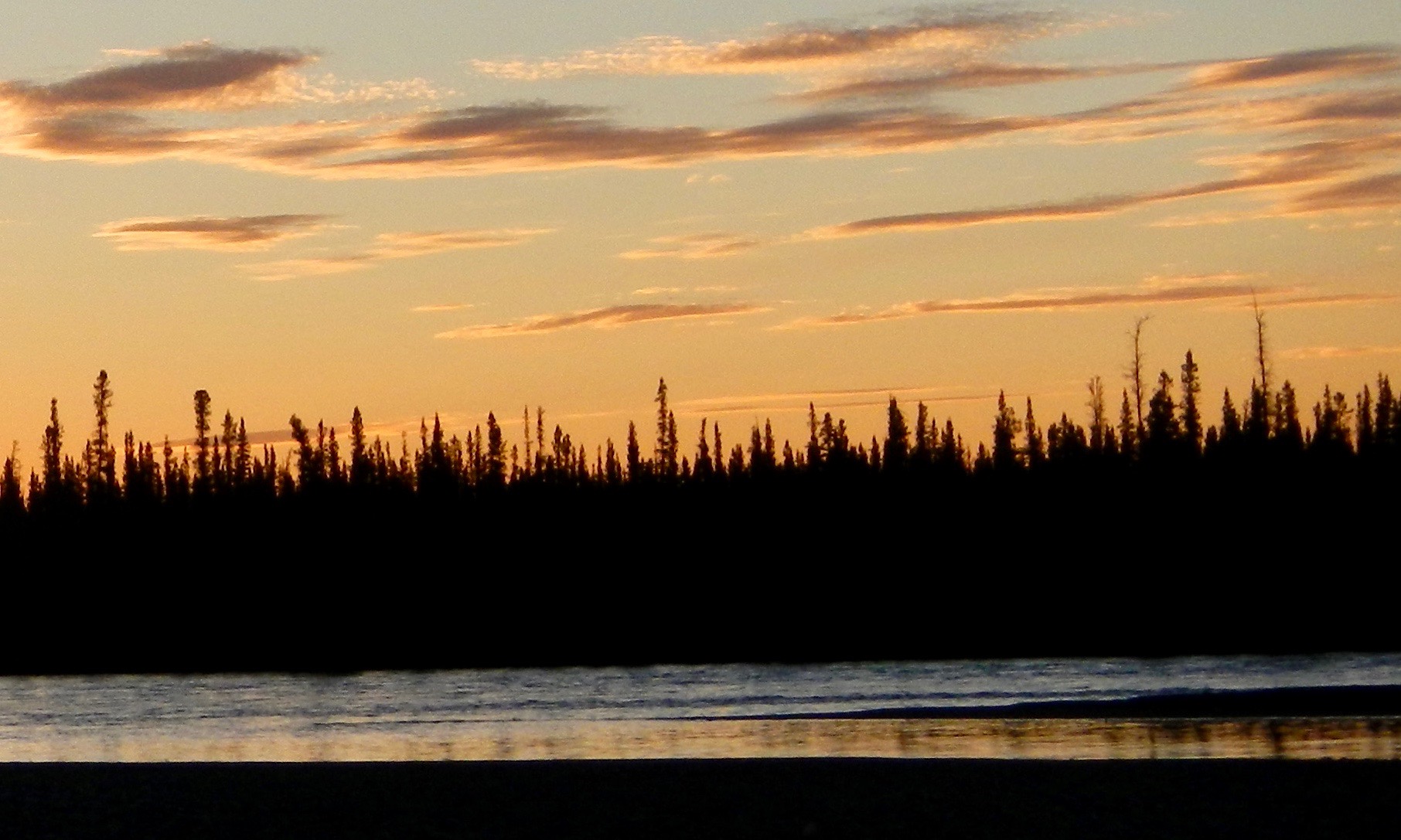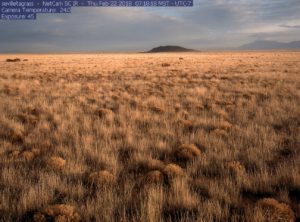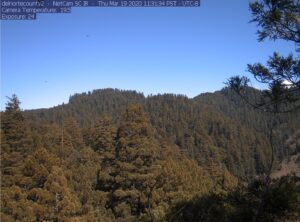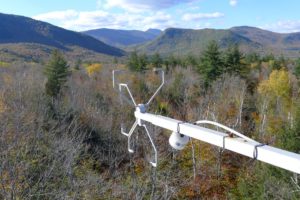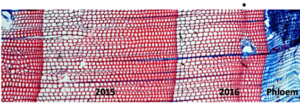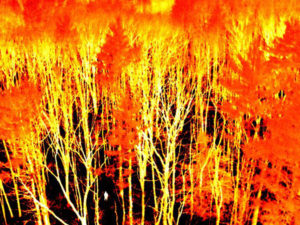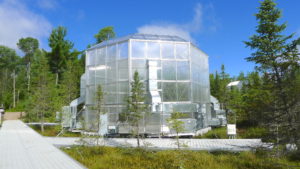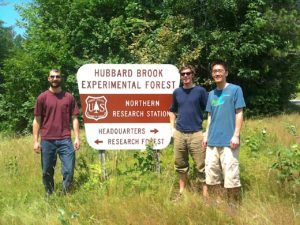Current research projects in the Richardson Lab include:
PhenoCam
The Richardson Lab initiated the PhenoCam Network, which uses imagery from digital cameras to track vegetation phenology and seasonal changes in vegetation activity in diverse ecosystems across North America and around the world. Researchers from the University of New Hampshire and Boston University are actively involved as members of the PhenoCam team. The project would not be possible without the engagement and support of our numerous site collaborators.
We use data from PhenoCam to test and improve models of vegetation phenology; to investigate relationships between phenology and ecosystem function; and to examine the role of phenology in controlling ecosystem-atmosphere coupling and feedbacks. We are particularly interested in how vegetation phenology will shift in response to projected future climate scenarios, how this varies among ecosystem types, and the implications of these shifts for ecosystem function.
Growth and phenology of coast redwoods (Sequoia sempervirens)
Tying in to the main PhenoCam project, we recently initiated work (in collaboration with Ecoss’s Prof. George Koch) on the growth and phenology of the world’s tallest trees, the coast redwood. With funding from Save the Redwoods League, we have been deploying phenocams and growth-measuring instruments at the tops of a number of 300+ foot-high (90+ m) trees across an environmental gradient along the California coast. The photo below shows the view from a recently-installed camera in Del Norte County.
Ecosystem Carbon Cycling
We use the eddy covariance method to measure ecosystem-atmosphere exchanges of CO2, H2O and energy. In conjunction with researchers from the USDA Forest Service, we have operated the Bartlett Experimental Forest AmeriFlux site since 2004, and we have been collaborators at the Howland Forest AmeriFlux site since 2003. We have been measuring ecosystem-scale CH4 fluxes at Howland since 2011; this is the longest continuous record of forest-atmosphere CH4 fluxes in the world.
We use the tower-measured fluxes, in conjunction with other measurements of ecosystem C stocks and fluxes, and process-based models such as FöBAAR, to investigate patterns of variation in ecosystem carbon cycling at time scales from hours to decades, and the factors controlling this variation. We use model-data fusion for integration and extrapolation in space and time. We place particular emphasis on rigorous quantification of uncertainties in the underlying data and the model output.
Carbon Allocation
Carbohydrates, the products of photosynthesis, can be allocated to growth, maintenance, defense, reproduction, and storage. In trees, storage of nonstructural carbon (NSC; sugars and starch) occurs in the ray cells of woody tissues.
At Harvard Forest, we are studying carbon allocation in trees and the role of NSCs in supporting metabolic processes including maintenance and growth. We have used radiocarbon (14C) methods to investigate the age of stored carbohydrates and stem-respired CO2. This work has shown that stored reserves may be decades old and still available to the tree to support metabolism.
Work in progress is quantifying whole-tree NSC budgets and how these vary among species and over the course of the year. A new project is focused on the contentious issue of whether tree growth is controlled by the supply of carbon (i.e. from photosynthesis and/or non-structural carbon stores in wood, hence “source-limited”) or the growth processes themselves (i.e. “sink-limited”). We are combining NSC measurements with microcore analysis to quantify rates of wood growth and cellular development at the microscopic level. In collaboration with researchers from the University of Cambridge, the data from this project will be used to develop and parameterize a new model for tree growth that explicitly focuses on processes related to xylogenesis.
Thermal Imaging of Canopy Temperature
At Harvard Forest, the Richardson Lab made the first long-term, continuous, high-frequency measurements of canopy temperature using thermal imaging approaches. In collaboration with researchers from CU Boulder and the University of Utah, we are continuing that work at the Niwot Ridge AmeriFlux site. Our research focuses on the role of canopy temperature in controlling the seasonality of photosynthesis in this high-elevation conifer stand.
Spruce and Peatland Responses Under Changing Environments (SPRUCE)
In collaboration with researchers from DOE’s Oak Ridge National Laboratory, we are participating in the SPRUCE experiment at the Marcell Experimental Forest near Grand Rapids, Minnesota. The experiment is unique in that five levels of warming (from 0 to +9 °C, in 2.25 °C increments) and two levels of CO2 (ambient, ≈400 ppm; elevated, ≈900 ppm) are being applied to intact communities of native plants, including woody shrubs and mature trees.
At SPRUCE, we are using phenocams to (1) establish a permanent record of the progression of the experiment over its 10-y course; and (2) track the phenological responses of vegetation to the experimental treatments. We are also investigating how NSC storage in trees (black spruce, an evergreen conifer, and larch, a deciduous conifer) and woody shrubs (leatherleaf and labrador tea) is affected by the experimental treatments.
Long-term Ecological Research at Hubbard Brook and Harvard Forest
The Richardson Lab participates in the Hubbard Brook and Harvard Forest LTER projects. NSF funding supports our work on C allocation, forest ecosystem C cycling, and phenology at these two sites.
The above projects have been generously funded by NSF, NASA, DOE, USDA and USGS, and we thank these agencies for their support.
